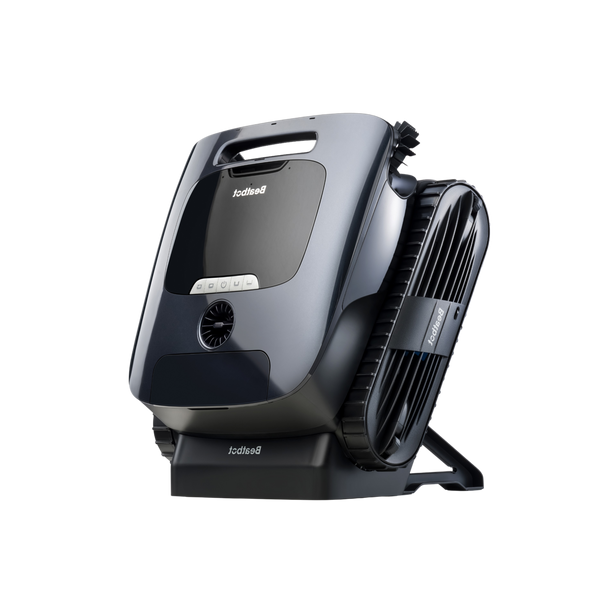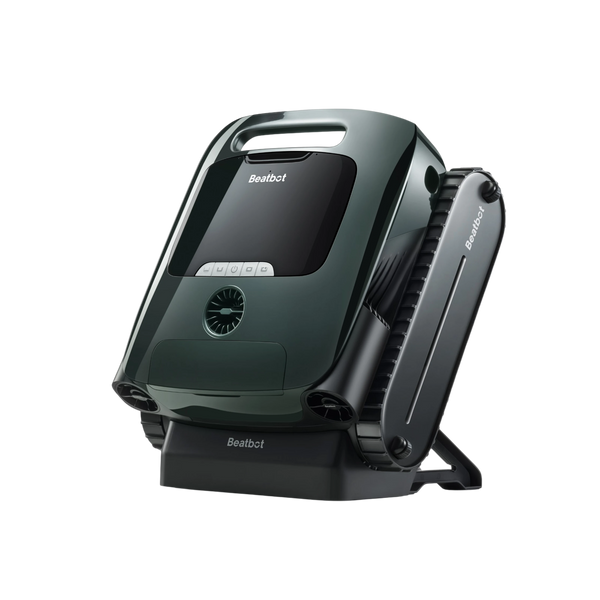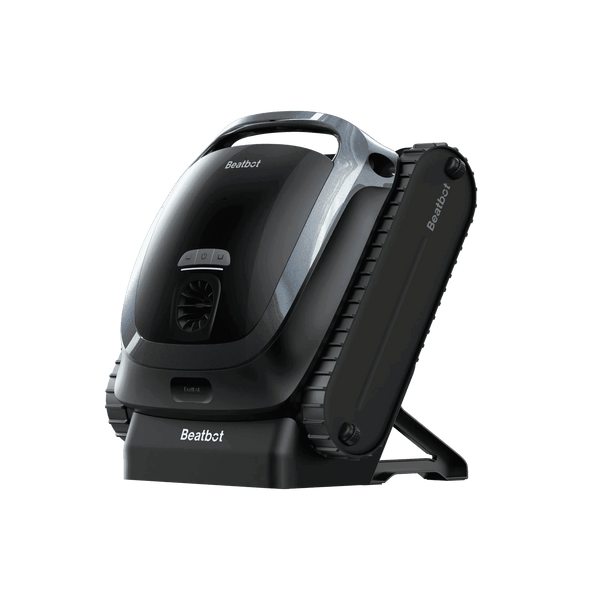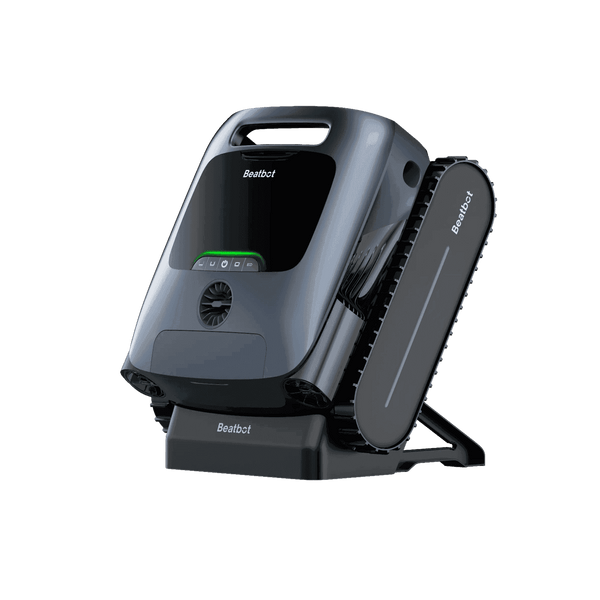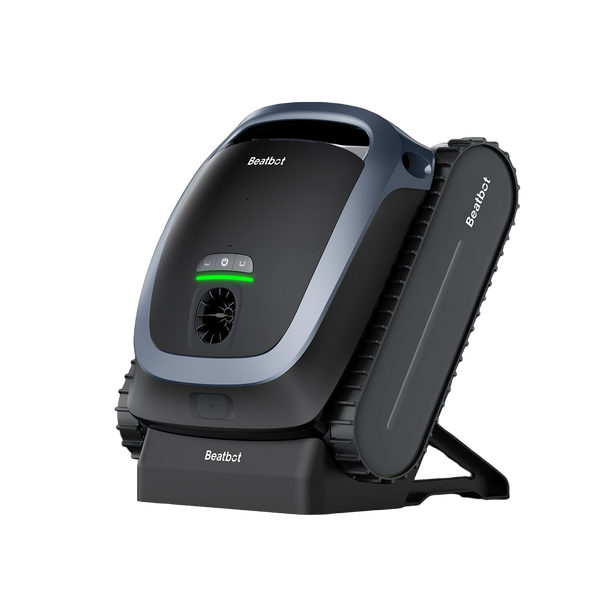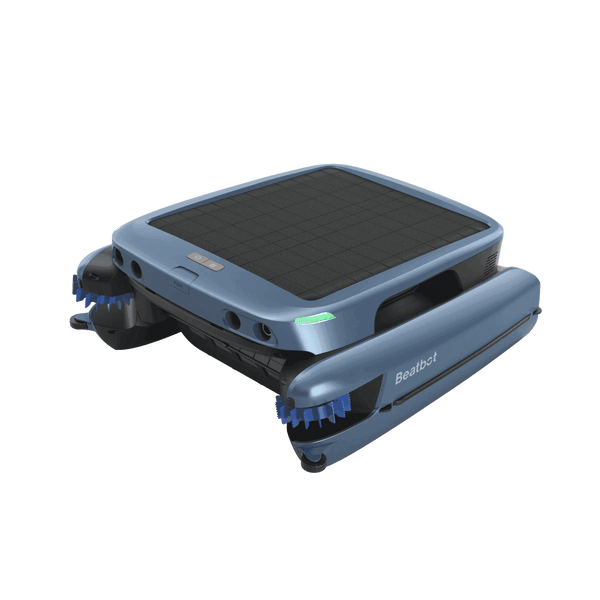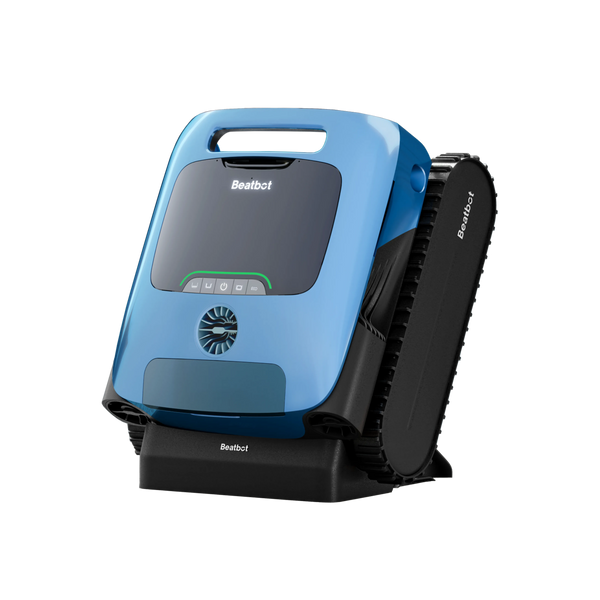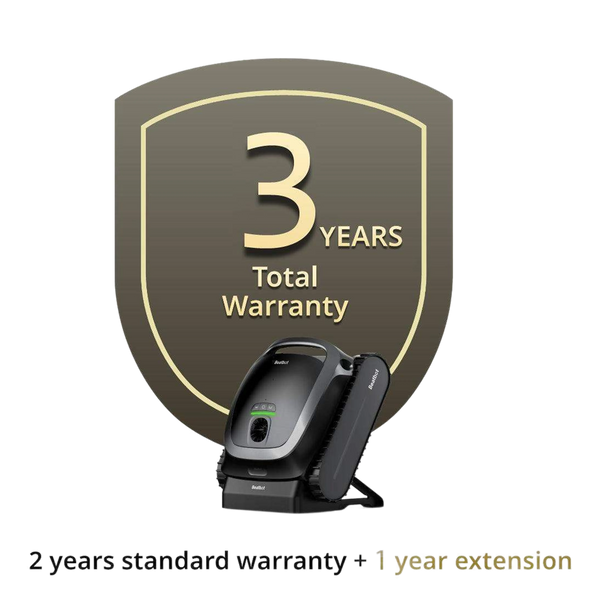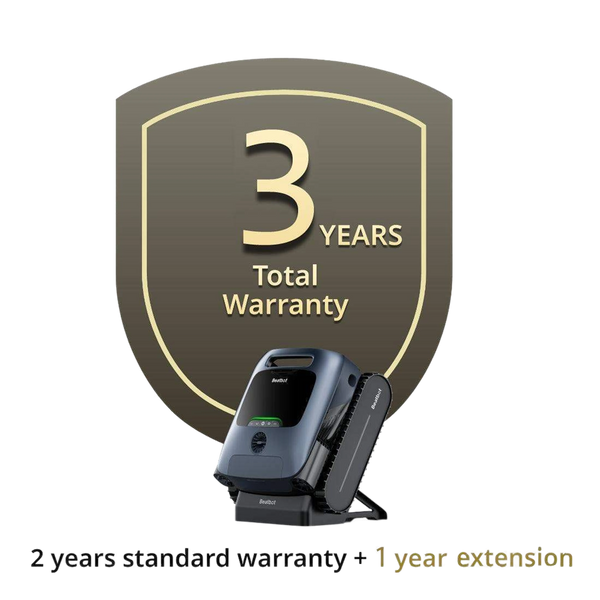Ensuring Crystal Clear Waters: A Guide to Swimming Pool Maintenance
Owning a swimming pool can be a summer-long source of fun, but keeping it clean and well-maintained takes ongoing work. Knowing pool maintenance basics and modern high-tech implements can make this task easier and even more pleasant. We will explore how keeping a pool clean is more complex than installing a robot and how this tiny robot will create a world of convenience for you.
Table of contents

Essential Elements of a Swimming Pool
Owning a swimming pool is a dream for many families, but to ensure it remains in top condition, regular maintenance of several key parts of the pool is necessary. Here are the main components of every swimming pool that require attention and how to maintain them.
Water Quality: The Secret to Crystal Clarity
Water quality is the top priority in pool maintenance. Clear, balanced water not only protects swimmers from contaminants but also extends the life of your pool equipment. Regularly testing pH levels, chlorine content, and alkalinity, and adjusting as needed, are key to maintaining water quality. A water quality test kit can help you easily accomplish this task.
To maintain a healthy and safe swimming environment, it's crucial to keep the sanitizer levels in check. For optimal pool water quality, the recommended free chlorine levels should be between 1-3 parts per million (ppm). This range is effective for disinfecting and maintaining clear pool water.
Similarly, if you are using bromine as a sanitizer instead of chlorine, the levels should be maintained at 3-5 ppm. This concentration ensures the bromine effectively sanitizes the pool, keeping it free of harmful microorganisms.
Regular testing and adjusting of these levels are essential to ensure a balanced and inviting swimming area.
Why Test for Total Dissolved Solids (TDS) in Pool Water?
Testing for Total Dissolved Solids (TDS) in pool water is crucial for maintaining a healthy and balanced aquatic environment. TDS refers to the combined content of all inorganic and organic substances present in the water. These can include minerals, salts, and metals, which accumulate over time due to factors like chemical treatments and environmental debris.
High levels of TDS can affect water quality, leading to problems such as:
- Cloudy Water: Excessive TDS can reduce water clarity, making it appear cloudy and less inviting.
- Ineffective Sanitization: High TDS can interfere with the effectiveness of chlorine and other sanitizers, reducing their ability to kill harmful bacteria and algae.
- Corrosion and Scaling: Elevated TDS can lead to the corrosion of pool equipment and scaling on surfaces, which can be costly to repair.
What are Acceptable Levels?
For optimal pool maintenance, the acceptable level of TDS generally falls between 1,000 and 2,000 parts per million (ppm). Ideally, it should be kept below 1,500 ppm to ensure maximum water clarity and sanitization efficiency. Regular testing, using reliable methods, helps in maintaining these levels and ensures that the pool remains a safe and pleasant place for swimmers.
Pool Interior: The Key to Keeping It Clean
The pool walls are the "skin" of the swimming pool and require regular cleaning to prevent the growth of algae and mold. Using a special pool brush and cleaner, cleaning the pool walls at least once a week can keep them clean and aesthetically pleasing. This is where the pool robot shines: the Beatbot AquaSense Pro covers the cleaning of the water surface, walls, waterline, and floor, and even clarifies the water quality simultaneously, greatly reducing your workload and giving you more time to enjoy swimming or lounging in the sun by the pool while waiting for the robot to finish its work.
Filtration System: The Health of the Heart
The filtration system is like the heart of the swimming pool, responsible for circulating and cleaning the water quality. Depending on the type of your pool, you may have a sand filter, DE filter, or saltwater chlorinator. Ensure regular maintenance and cleaning of the filter to keep it running efficiently. Remember to backwash the filter frequently to remove accumulated dirt and contaminants.
Skimmer and Return Jets: The Power of Flow
Skimmers and return jets ensure the flow of water, which is crucial for maintaining water quality. Regularly inspect and clean the skimmer to ensure unobstructed water flow. This is vital for the healthy circulation and overall water quality of the swimming pool.
The Three Principles of Pool Maintenance
Good Water Circulation
Healthy swimming pools also depend on good water circulation. To prevent the water from becoming stagnant and keep it clean, keep your pump and filtration system running for at least 8 to 12 hours daily.
Pool Cleaning Schedule
No amount of high-tech cleaning devices means that regular skimming, brushing, and vacuuming are not needed. Having a cleaning schedule to keep your pool clean every week or at least for a week can keep things out of your pool water, and it will keep your pool walls clean.
Monthly Swimming Pool Maintenance Tasks
Maintaining your swimming pool on a monthly basis ensures it remains clean, safe, and ready for enjoyment. Here's a comprehensive checklist of tasks you should complete every month to keep your pool in top condition:
-
Review Weekly Maintenance Tasks
- Begin by revisiting tasks outlined in your weekly maintenance routine. Although you might have an automatic pool cleaner, manually brushing the sides and bottom of the pool helps dislodge stubborn dirt and particles.
-
Test Total Dissolved Solids (TDS)
- Measure the TDS levels in your pool, which should ideally be between 1,000 and 2,000 ppm, with a target of less than 1,500 ppm. Proper TDS levels are crucial for maintaining water balance.
-
Evaluate the Langelier Saturation Index
- Conduct an assessment to determine your water's scaling or corrosive tendencies. Gather data on pH, TDS, Total Alkalinity (TA), and Calcium Hardness (CH) levels. Use an online LSI calculator for accurate evaluation.
-
Perform a Chemical Filter Clean
- Clean your pool’s filter chemically to remove any buildup that could affect water flow and quality.
-
Inspect Pool Liner for Damage
- Thoroughly check the liner for any holes or tears that could lead to leaks or water loss.
-
Check Pump and Motor Seals
- Ensure that the seals in the pool’s motor and pump are intact and functioning well to prevent leaks and maintain efficient pool operation.
-
Verify Safety Equipment
- Examine all safety features such as railings and steps to confirm they are secure and working properly, enhancing the safety of pool users.
By consistently performing these tasks, you can prolong the life of your pool and enhance your swimming experience.
Key Tasks for Biweekly Pool Maintenance
Maintaining your swimming pool requires consistent effort, especially 2-3 times a week, to ensure it's clean and safe for use. Here’s what you need to focus on:
-
Clean the Skimmer and Pump Basket
- Before you begin, make sure to turn off the pump. This is crucial for safely accessing the baskets.
- Close both the skimmer and main drain valves when handling the pump basket to prevent water flow issues.
- Always inspect the baskets for damage and replace them promptly if necessary. Depending on pool usage or surrounding environment, you may need to clean these baskets more often.
-
Remove Debris with a Leaf Scoop
- Use a leaf scoop to efficiently gather and remove leaves and other floating debris from the pool surface. This will help keep the water clear and reduce strain on the filtration system.
By attending to these essential tasks regularly, you can ensure your pool remains in pristine condition, ready for enjoyment at any time.
Balanced Chemical Composition
Pool maintenance sounds complicated, but it is straightforward. Regularly testing your water quality and adjusting chemicals based on the test results can help you achieve a balance. Remember that shock treatments must be added to help keep the pool clean if the sanitizer runs out.Adhering to these fundamental rules can ensure that your swimming pool is always in the best shape, making it a safe, clean, and enjoyable swimming space for you and your loved ones. Also, remember that proper upkeep helps improve the enjoyment and longevity of your swimming pool!
Conclusion
Maintaining a pool is continuous but can be uncomplicated and rewarding if you have the appropriate equipment. A high-quality pool robot does not completely replace all the manual maintenance work, but it does make pool maintenance work much more convenient, allowing you to have more time to enjoy the fun of swimming.
Relative Blogs
About the author
